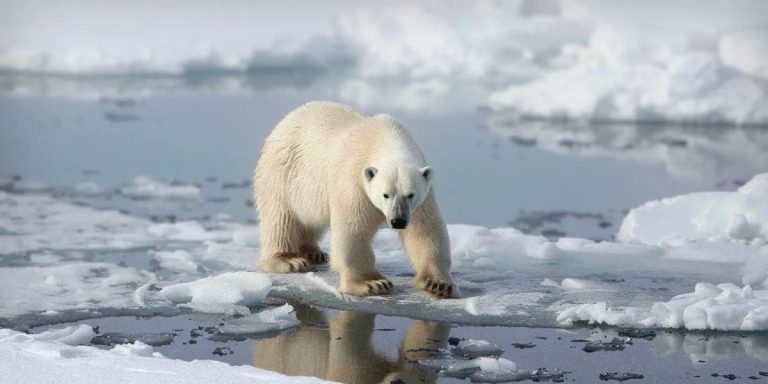From Polar Bear Science
Susan Crockford
Despite warm temperatures in mid-July, broad bands of sea ice accumulate along the western shore of Hudson Bay. Its unusual thickness suggests it's not going away anytime soon, meaning most western Hudson Bay polar bears will likely remain offshore for at least a few weeks.
The darker blue in the “deviation from normal” chart below shows how unusual this phenomenon is in the northern part of the Hudson Bay:

sea ice thickness
During the week of July 15, 2024, sea ice in Hudson Bay was still at least 1m thick (medium green), but was as thick as 2m in places (dark green). The thickest ice extends into the Fox Basin to the north:

polar bear on ice
Nearly all the bears tagged by University of Alberta researchers are still on the ice—only two have come ashore so far:

As I said last week, it’s increasingly difficult for polar bear experts to ignore the fact that their assumptions about sea ice concentration and polar bear behavior during the melt season are simply wrong. This year, some white bears may remain on the ice again until August, even though on paper this is the earliest year ever for sea ice to break up in the Hudson Bay.
related
Learn more from Watts Up With That?
Subscribe to have the latest posts delivered to your email.
